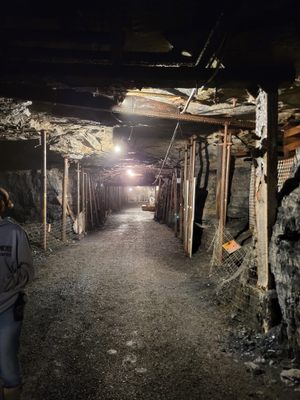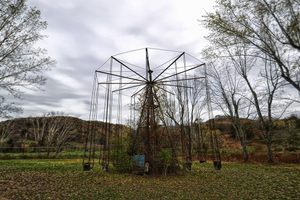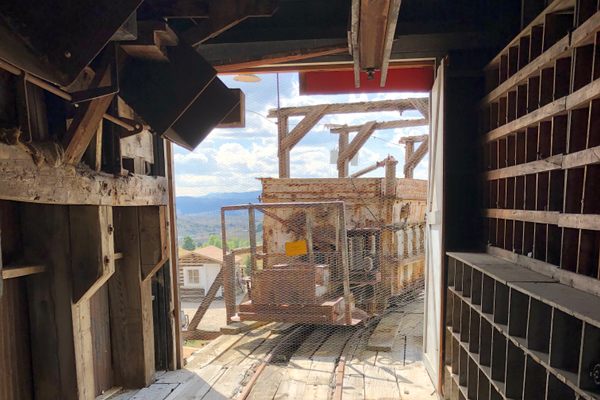About
The Pocahontas Exhibition Coal Mine was the first of its kind in the United States, showcasing the wonders of this little black rock to the general public, along with the advanced mining equipment by which the material was procured.
According to locals, Jordan Nelson, a farmer and blacksmith, discovered the deposit entirely by accident. While retrieving a lost cow, Nelson found a peculiar material on his property which he presumed was tar. But when the substance was heated, rather than melting, it glowed, and Nelson recognized it as coal.
Beyond using the coal for smithing, Nelson sold it to neighbors for a penny a basket. Local legend also has it that, after watching a customer go away with a whole wagonful, Nelson's aunt lamented that if he kept this enterprise up, they'd soon run out of coal for themselves.
Nonetheless, Nelson's small business persisted, and word spread across the region of his high-quality coal. We know now that the deposit's coal had a low concentration of sulfur and a high concentration of carbon, making it very efficient.
Investors from Southwest Virginia Improvement Company bought land from Nelson and other residents, on top of laying out railroad track to start transporting coal across Virginia. Pocahontas owes its existence to the coal industry, as it was developed as a company town.
From 1883 to the 1955, the mine produced 44 million tons of coal. Much went to Norfolk where it became a favorite of the U.S. Navy and supplied most of their ships. Whereas other vessels left trails of black exhaust, the coal burned from Pocahontas was comparatively smokeless, its gaseous residue more closely resembling clouds. Because of this, locals insist that Pocahontas' coal helped the U.S. win both world wars, as ships were without any black clouds giving away their location.
Conditions in the mine were less glorious. Workers were paid 20 cents per cart loaded with coal, and if the checkweighman found slate, shale, or some other material in the cart, the miner might get nothing. Workers were also exposed to hazards from bits of petrified wood lodged precariously in the ceiling (known as widowmakers) to black lung disease. And if a wife lost her husband, she would either have to marry a new miner or face eviction.
In 1884, the mine was rocked by an explosion. To prevent too much smoke and fire from escaping, all of the mine's entrances had to be sealed. The mine was then flooded, and a month later, the families were able to recover the bodies of the deceased. No fewer than 114 miners perished, and the Pocahontas Cemetery was established to see to their proper burials.
In 1938, the Pocahontas Exhibition Coal Mine was opened for the general public to admire. Originally, visitors could drive their cars through the mine, though the practice began to damage the site and was stopped.
The mine remains open to tourists, although they have to walk it this time around. Visitors will get a sense of the perils miners faced, the equipment and methods that have been used to extract coal, and the local, national, and global significance of the Pocahontas Coalfield.
In 1994, the exhibition mine was declared a National Historic Landmark, and it remains the only exhibition mine to hold this distinction.
Related Tags
Know Before You Go
Pocahontas Exhibition Coal Mine is open Thursday through Sunday from May to October.
Community Contributors
Added By
Published
November 25, 2024































